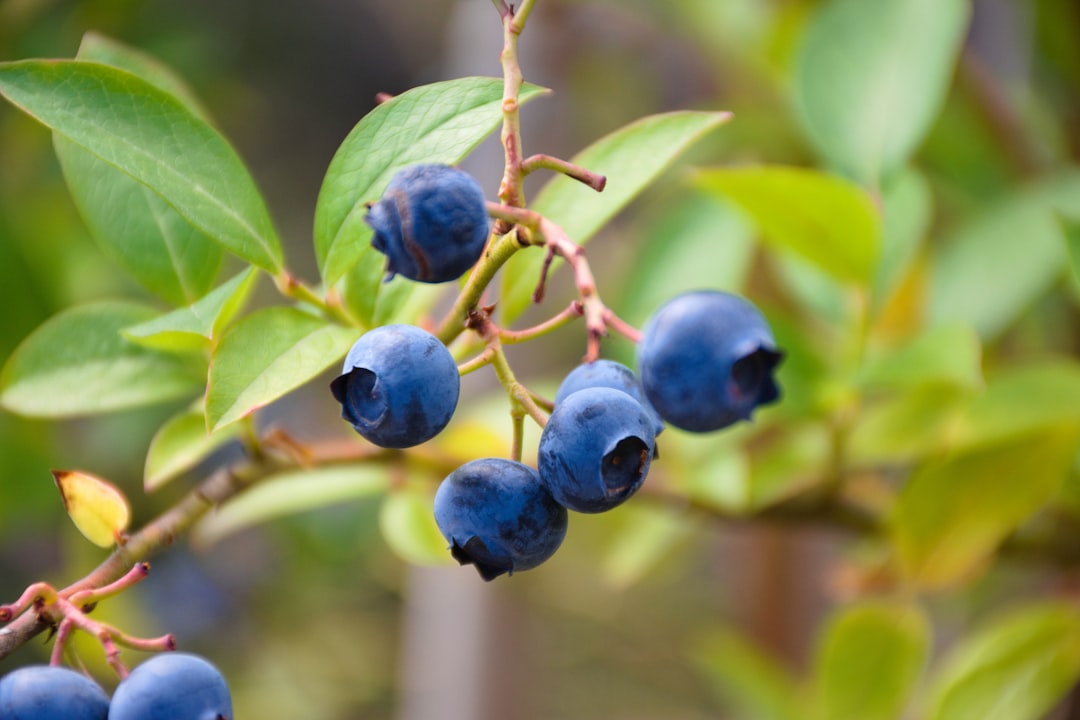What is it about?
We used a range of experimental characterization methods and computer simulations to investigate the how the chemical composition of epoxy-based paints changes the molecular level mechanism for how they stick to rust. We looked at two different forms of iron oxide, hematite and goethite, and found that the binding is different between the two surfaces. We found that molecules with only two reactive groups stick to the surface and don't incorporate the iron oxide into the epoxy-based network, whilst molecules with four reactive groups allow chemical bonds to form between the network and the surface, which influences the physical properties of the paint.
Featured Image

Photo by Steve Johnson on Unsplash
Why is it important?
Paints and organic protective coatings are used to protect the underlying surface from corrosion which can drastically reduce the lifespan of the structure. The paints investigated in this work are applicable to iron and steel structures, such as bridges. It is important to understand how the paints stick to the surface to prevent corrosion, however these systems can be very complicated. Here we have used a simplified system to understand the underlying science that underpins epoxy adhesion. Although this work is applied to paint, it is also useful when thinking of adhesives (glue).
Perspectives
This was an extension from a previous piece of work where we repeated the experiments with a different chemical component and found an unexpected result. The use of two complementary techniques (experiments and simulations) allowed us to fully understand why we saw differences between the chemistry.
Dr Charlie Wand
University of Exeter
Read the Original
This page is a summary of: The effect of cross-linker structure on interfacial interactions, polymer dynamics and network composition in an epoxy-amine resin, Applied Surface Science, January 2023, Elsevier,
DOI: 10.1016/j.apsusc.2022.155380.
You can read the full text:
Contributors
The following have contributed to this page










